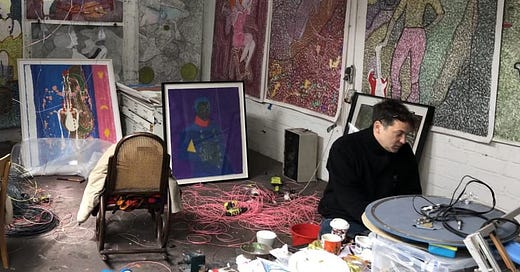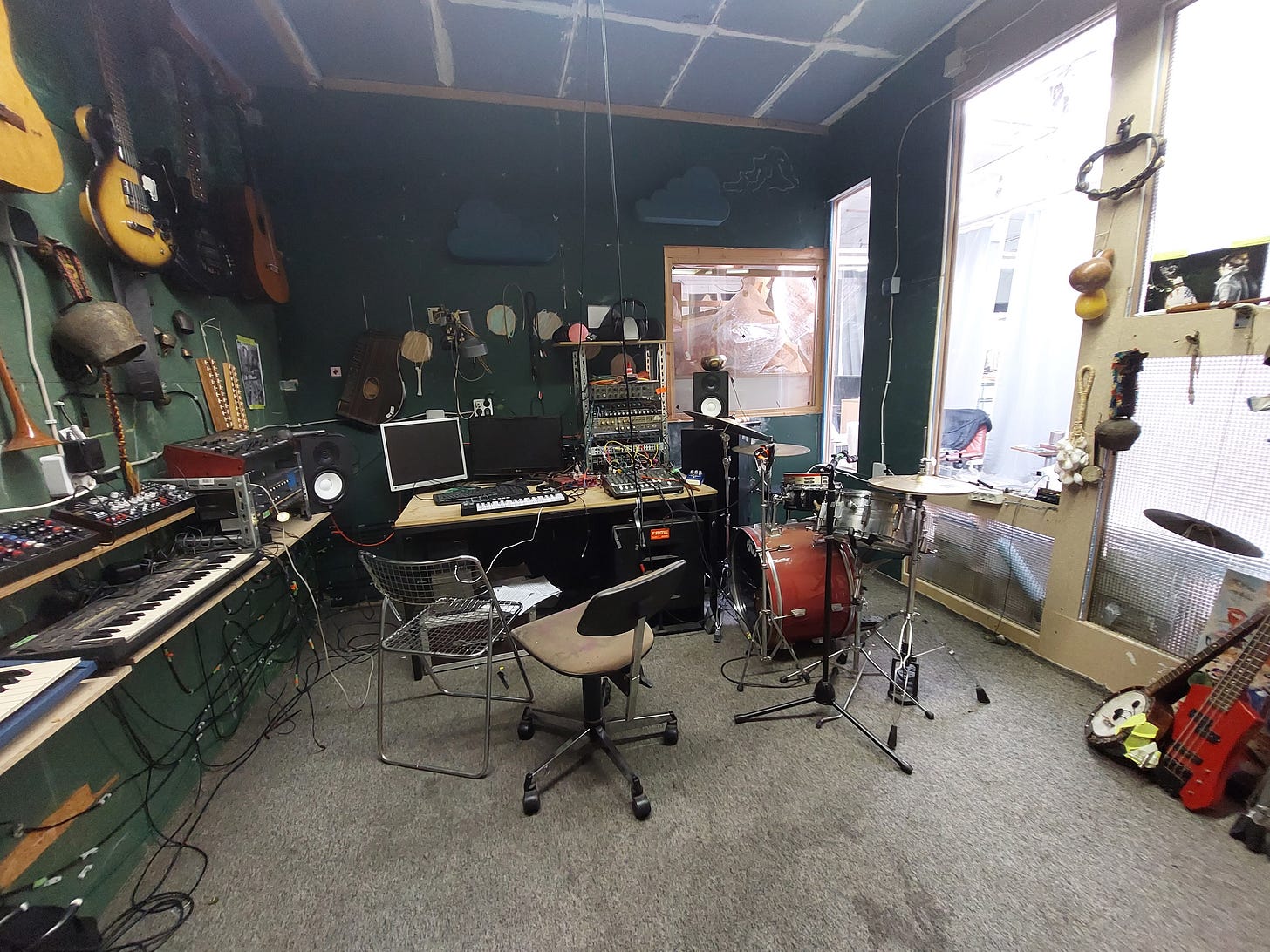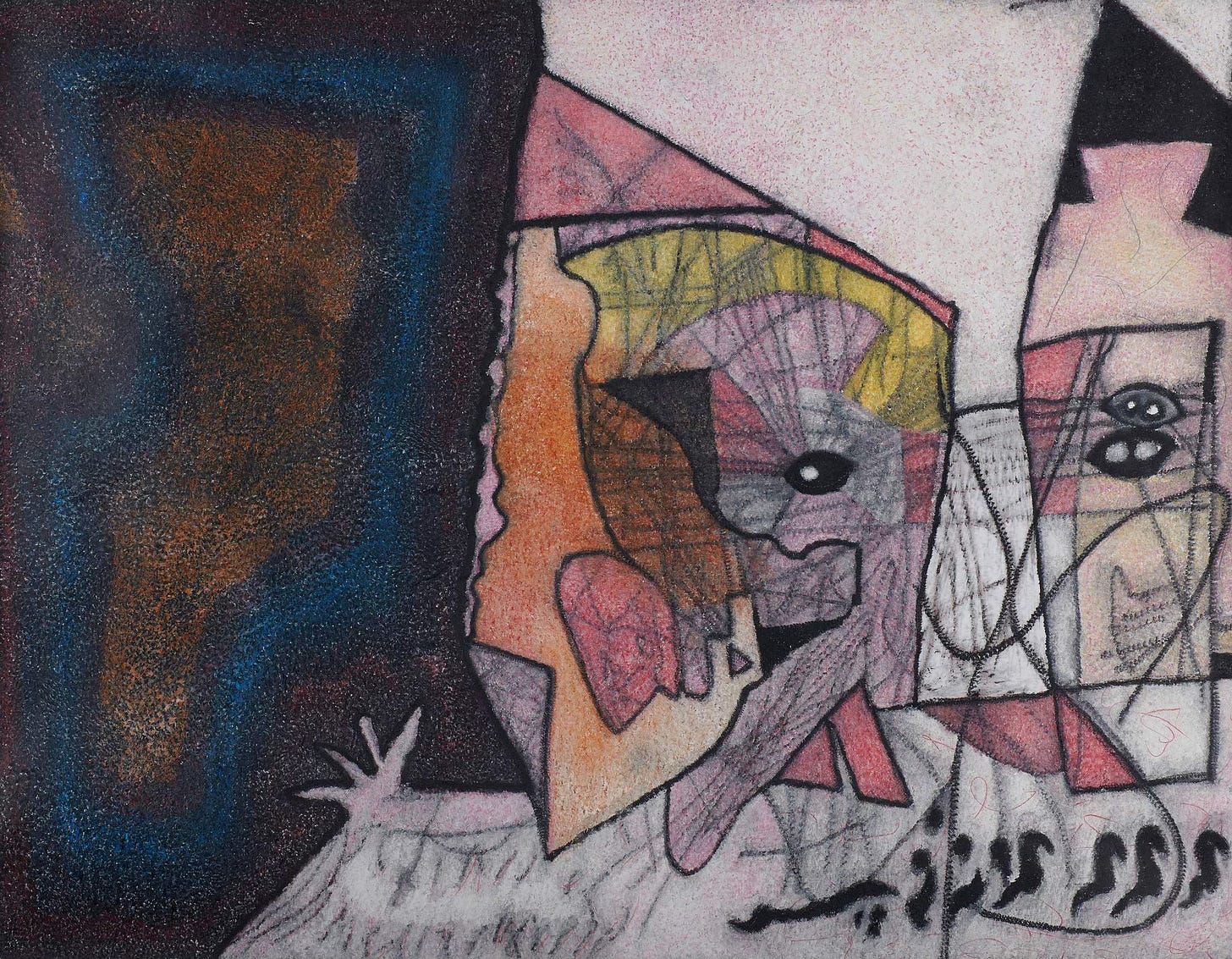Robert Kraiss
Mepaintsme spoke with the artist to discuss contradiction, inspirations, and aggressive means of expression.
Robert Kraiss studied at the Düsseldorf Art Academy with Georg Herold (master class student) and Oswald Wiener from 2000-2006. His work has been featured in exhibitions across Europe, including solo exhibitions at Tobias Hantmann Studio, Berlin; Norbert Arns Gallery, Cologne; Desaga Gallery, Cologne; and Kilchmann Gallery, Zürich, Switzerland. Kraiss has been awarded grants by the Stiftung Kunstfonds Foundation, the Rheinlande and Westfalen Art Association, and the Friends of Düsseldorf Art Academy. He frequently lectures on experimental drawing and recently completed a substitute professorship at the Burg Giebichenstein University of Art and Design, Halle Germany.
Mepaintsme: Hi Robert, I guess we’ll start with some personal information. Where did you grow up?
Robert Kraiss: I grew up in Rheinbach. A small town in western Germany close to the capital, Bonn. Its biggest notoriety is a medieval tower where witches were burned.
MPM: What’s your first memory of making art?
RK: A story often told by my mother was when I was in Kindergarden. Every time the teacher wanted the kids to come paint or draw, she would ask me to start first, because she knew the others would come and join me.

Another strong memory for me was a large drawing I did in the first grade, about 30 x 120 centimeters that I titled 1000 Soldiers. It was a competition with a classmate to see who could get more soldiers onto a picture. I drew on my father’s used computer coded printer paper back when printer paper unfolded like an accordion. It became a week-long project - each day at school I couldn't wait to get home to continue! It was also the first time that I worked on something over several days, which laid the groundwork for some of my most important concepts that are still relevant to me today.
MPM: For those of us who aren't familiar with your work/practice how would you articulate it?
RK: It took me a long time to find out, that personally, I'm much better off if I start out producing works without caring about the ideas or content at all, and if necessary, come up with the concept afterwards. Part of my inspiration stems from the excitement of the experimental process. I start my works in a highly industrious, rather ruthless manner, that is carried on by some sort of aggressive optimism. I make myself assume that whatever stupid or far-fetched image from the internet that I might start out with, I will be able to force my will onto it. I put my trust in the unconscious decision making. A curious but beautiful side effect that occurs time and again is, that when I look at works after some years, even the flattest, most impulsive point of departure might have led to an additional layer of meaning, that in retrospect, does actually make sense in a personal, biographical way...

MPM: You also produce sculptures. Does this experimental approach carry over into three dimensions?
RK: When I studied art at Kunstakademie Düsseldorf I was lucky to find a professor (the artist Georg Herold), who headed a sculpture class. His smart and subversive neo-dada sensibility felt natural to me. He was very welcoming and in addition to sculpture let me keep on drawing. The first big takeaway from sculpture, was how well it served my drawings. Another takeaway was the general attitude of striving for physical and spatial presence and intensity.
MPM: So this was important to your drawing?
RK: I wanted to achieve similar effects with drawing, which led to a ten year long “transition phase” resulting in labour intensive, large-scale pencil on paper drawings that actually achieved the goal of heightened spatial presence and intensity, but also made me realize, that some of drawing’s central qualities — its lightness, its quickness and its close relation between an impulse and its execution — seemed replaced with a borderline obsessive appearance. I can appreciate obsessiveness as a quality in other artist’s works, but I myself, want as little as possible of it. So around 2010, a technical breakthrough solved the problem of the obsessive appearance. I began attaching colored pencils to an electric drill, and suddenly both the spatial intensity and a highly gestural production speed were achieved. What was also interesting to me was the notion of a medium (drawing) with all of the implications of the individual gesture, and being able to achieve marks and surfaces that were very un-individualistic, bordering on the industrial.
MPM: You’re also a musician in addition to your visual art. When did your interest in music start?
RK: I think around puberty I started to become interested in music and wanted to form a band. Luckily, I realized early that you didn’t have to be able to play an instrument to create music. I did know that if you wanted to form a band, finding a name was important. My first band’s name was Moffaclub. The band’s complete sum of skills was me being able to play two chords on the guitar, a Plastik Trumpet, then some flutes and five pubescent boys with voices changing singing Get Back from the Beatles.
MPM: Can you talk a little about your music?
RK: In 1994 I meet Florian Gass, with whom I started the experimental Band Die Bäume. Since then we’ve met weekly to play. We’ve recorded a tremendous body of work but haven’t released anything. We do, however, have live performances about once year.
Music is one of my most important sources of inspiration and means of expression. Our music has an aggressive, futurist, and avant-garde attitude, that relies heavily on reacting to what music we don't like. For many years, the seriousness of my attitude towards music made my drawing practice almost seem too soft, a guilty pleasure. Ironically, though, over time we’ve actually developed a very relaxed mindset that could almost be described as welcoming and easy.
Three tracks from Roberts colab w/ Florian Gass, Die Bäume








